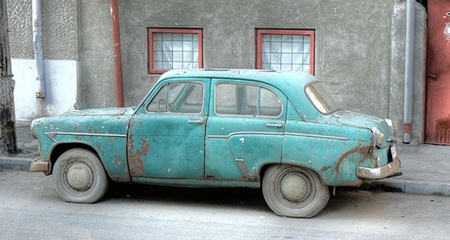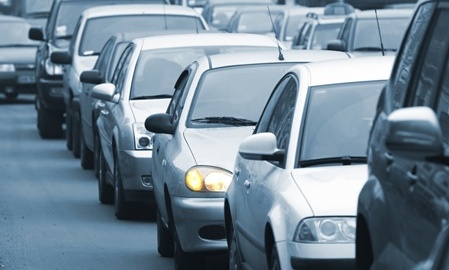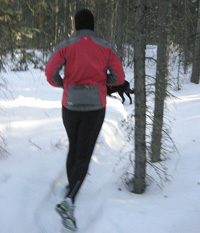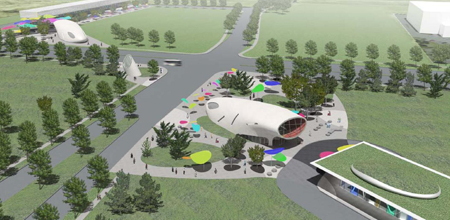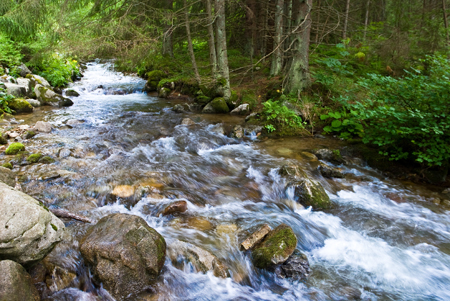
If you’re a regular reader of this blog, you’ve probably explored the vivaNext website and will have seen the information section on environmental assessments. But what that section doesn’t really describe, is why we do environmental assessments in general, and how they are done. So here is my version of Everything You Always Wanted to Know About Environmental Assessments.
To begin with, the premise of an environmental assessment is based on a really important principle: projects that are being built in a community (whether large, like a new power plant, or relatively small like a new street) must address any potential negative effects on the natural, social or structural environment. Equally important, is the requirement that the community – including all members of the public – be given opportunities to understand the planned project, what impacts it is likely to have and how those will be addressed, and to provide comments before the project is approved.
Our provincial and federal environmental assessment processes are the safety net that ensure a project has been carefully analyzed, and negative effects on the community are minimized. These environmental assessment processes also look at how a proposed project fits into a community’s plans for its future, to ensure it will enhance rather than interfere with a community’s vision for itself. Whether a project needs to go through the provincial process, the federal process, or both, depends on the type of project, the project proponent or owner, and the effects it will have.
All municipal infrastructure projects in Ontario are subject to environmental assessment under the Ontario Environmental Assessment Act. Depending on the type, complexity and potential effects of a project, it may be subject to one of the provincial environmental assessment processes, such as the Individual Environmental Assessment, Municipal Class Environmental Assessment or the new Transit Project Assessment Process, which now governs and expedites the environmental assessment and approval for transit projects. Although the steps and timelines differ for each type of provincial environmental assessment, all allow similar opportunities for the community and public agencies to comment on a project.
Each environmental assessment process involves evaluating a project to determine what impacts it will have, and how those impacts will be addressed. Impacts range from how the project will affect the natural environment (plants, wildlife, air, water and geography), to social effects such as increased noise and vibration, traffic impacts, and access to properties and businesses. Throughout the process, the public is consulted at prescribed stages. For instance, as part of the Transit Project Assessment Process, once the assessment has been completed and documented, it is made public for 30 days, during which anyone can review it and provide comments. At the final stage of the Transit Project Assessment Process, the Minister of the Environment has 35 days to either approve the project or require further work to be done. The entire process must take no more than six months.
Federal environmental assessments are done when a project may have an impact on an area within federal jurisdiction. For vivaNext projects, those areas are mostly related to navigable waters and fish habitat in rivers and creeks that will be crossed by our rapid transit lines. In the case of navigable waters, the intent is to make sure that our project will not have a significant effect on the public’s existing ability to access or use a waterway. An officer from the Navigable Waters office reviews our plans then literally comes and looks at all the watercourses our transit lines will cross, even the smallest creeks and streams, to see if either the roadway or any planned bridges will affect these waterways.
In the case of fisheries, we work closely with the local conservation authorities to assess whether the project will potentially harm fish habitats. In either case, if there is a chance that our project will have an impact, then a federal environmental assessment is required. Data collected during the provincial environmental assessment is used in the federal environmental assessment as far as possible to avoid duplication and a coordinated process has been developed to further improve efficiency. So far, the North Yonge Street corridor is the only Viva project that required a federal environmental assessment, which was completed on August 19, 2010.
Once the environmental assessment approvals are completed, we work closely with provincial and federal agencies, monitoring our projects to ensure we’ve lived up to our promises.
So as you can see, the entire environmental assessment process is a thorough and comprehensive one, as well as being totally transparent, to ensure the public knows what’s happening. I’d encourage you to read up on our vivaNext environmental assessments, and to also check out these links for more background information on the federal process and the provincial process:
![]()

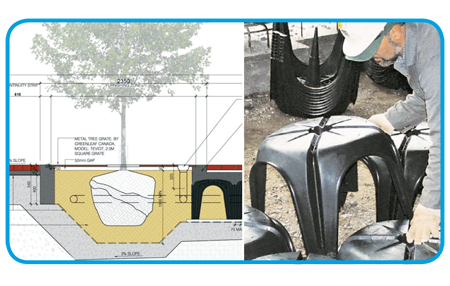

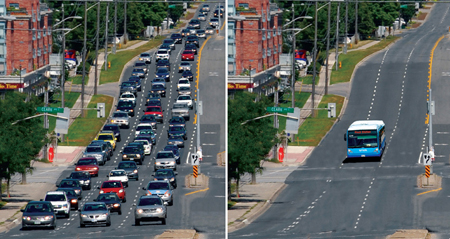
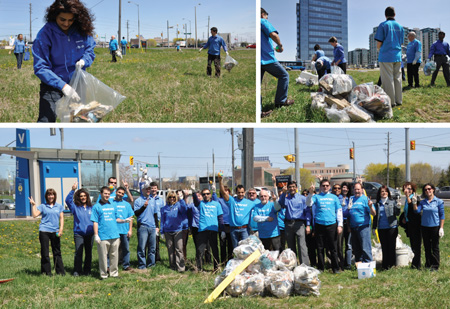
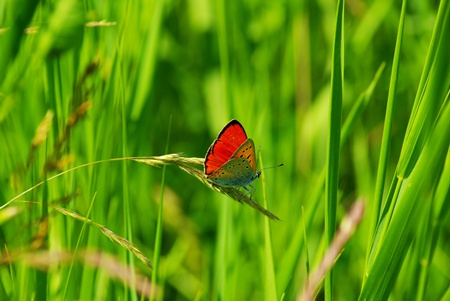 This coming Saturday, March 27, at 8:30 p.m., hundreds of millions of people around the world will turn off their non-essential lights and other electrical appliances for one hour in support of
This coming Saturday, March 27, at 8:30 p.m., hundreds of millions of people around the world will turn off their non-essential lights and other electrical appliances for one hour in support of 